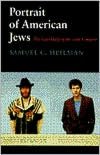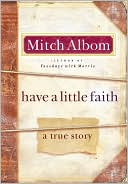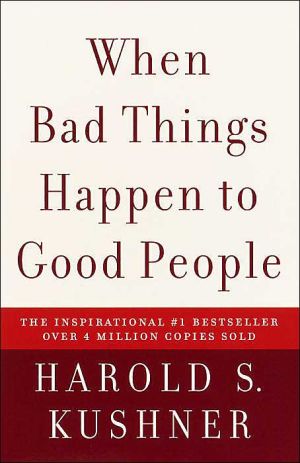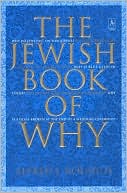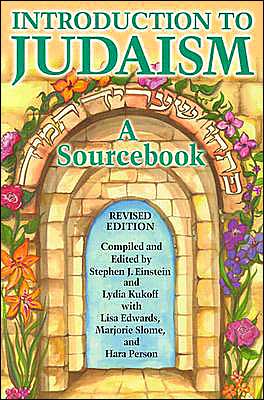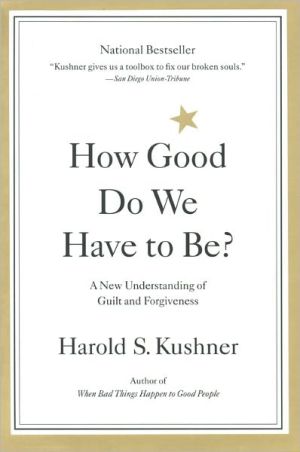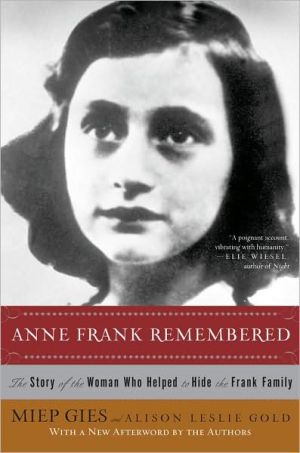Portrait Of American Jews
The second half of the twenthieth century has been a time when American Jews have experienced a minimum of prejudice and almost all domains of life have been accessible to them, but it has also been a time of assimilation, of swelling rates of inter-marriage, and of large numbers ignoring their Jewishness completely. Jews have no trouble building synagogues, but they have all sorts of trouble filling them. The quality of Jewish education is perhapes higher than ever before, and the output of...
Search in google:
The second half of the twenthieth century has been a time when American Jews have experienced a minimum of prejudice and almost all domains of life have been accessible to them, but it has also been a time of assimilation, of swelling rates of inter-marriage, and of large numbers ignoring their Jewishness completely. Jews have no trouble building synagogues, but they have all sorts of trouble filling them. The quality of Jewish education is perhapes higher than ever before, and the output of Jewish scholarship is overwhelming in its scope and quality, but most American Jews receive a minimum of religious education and can neither read nor comprehend the great corpus of Jewish literature in its Hebrew (or Aramaic) original. This is a time in America when there is no shame in being a Jew, and yet fewer American Jews seem to know what being a Jew means. This book is part of a stocktaking that has been occurring among Jews as the century in which their residence in America was firmly established comes to an end. Grounded in empirical detail, it provides a concise yet analytic evaluation of the meaning of the many studies and surveys of the last four and a half decades. All those who want to know what it means and has meant to be an American Jew will find this volume of interest. Jewish Book World Do the events of the last 45 years, since 1950, leave hope for the prospects of American Jewry or do they force a reevaluation of what American Jewry has become? This noted sociologist looks at the data available on American Jewish life in each of the last four decades; he presents a readable account of what it means and has meant to be an American Jew. The information is presented within the framework of using the information to lok ahead to the future of American Jewry.
PrefacePrologue31Starting Over: Acculturation and Suburbia, the Jews of the 1950s82The Emergence of Two Types of Jews: Choices Made in the 1960s and 1970s473Quality versus Quantity: The Challenge of the 1980s and 1990s101Notes165Index187
\ Jewish Book WorldDo the events of the last 45 years, since 1950, leave hope for the prospects of American Jewry or do they force a reevaluation of what American Jewry has become? This noted sociologist looks at the data available on American Jewish life in each of the last four decades; he presents a readable account of what it means and has meant to be an American Jew. The information is presented within the framework of using the information to lok ahead to the future of American Jewry.\ \ \ \ \ BooknewsA collection of 14 papers that suggest how educators can develop and implement AIDS education programs in public schools, and provide for the fair treatment of students infected with the virus. They consider urban and rural high schools, AIDS/HIV education in teacher training, student support groups, and criteria for evaluating an AIDS curriculum. Annotation c. Book News, Inc., Portland, OR (booknews.com)\ \ \ Andrew Hacker"Samue Heilman begins his Portrait of American Jews in 1950, by which time a generation of Jews had learned and accepted the manners and attitudes of the gentile middle class. His book is also about integration....The best measure of acceptance, he suggests, "has been the extent to which Jews have located themselves in Jewishly-sparse suburbs and communities." Thus younger and mobile Jews have found few if any problems when looking for a house in a generic white district [and] children of Jewish-Christian couples are allowed an indeterminate status, and like their parents are considered part of the generic white population." The New York Review of Books\ \
